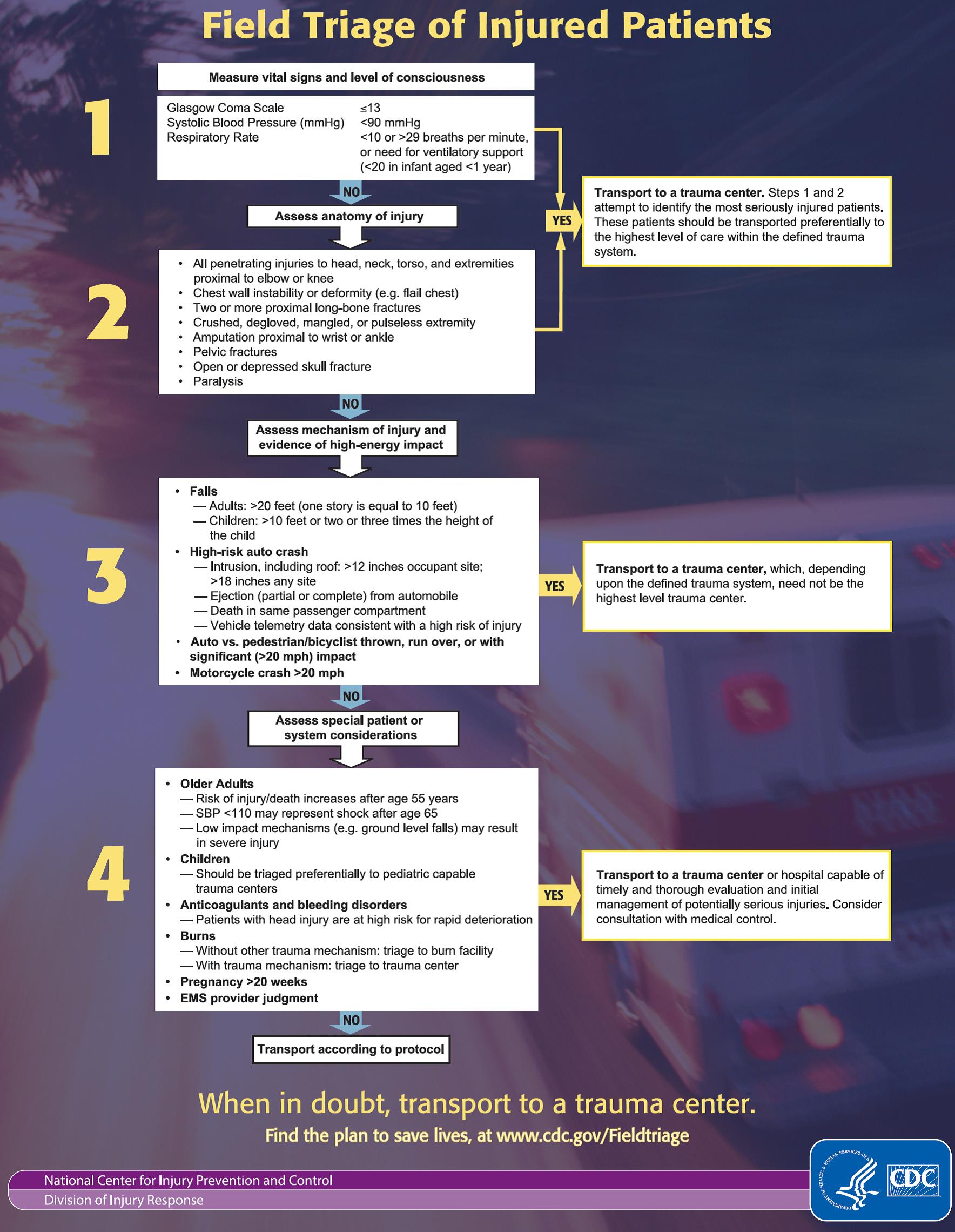

The Emergency Medical Services for Children (EMSC) program was created to ensure that injured children receive appropriate emergency care.
#Ohio trauma center levels verification
**General Trauma Centers are also referred to as “Adult Trauma Centers” or just “Trauma Centers” by some verification bodies, including the ACS-COT Has not sought, or been granted, trauma center verification of any kind. Second level of trauma verification as a trauma center which can provide definitive initial care, with nearly all personnel and resources readily available and a quality improvement programĪble to provide prompt assessment, resuscitation, surgical intervention and stabilization of injured patients.Īble to provide stabilization and transfer to a higher level of trauma care Highest level of trauma verification as a comprehensive trauma center with all personnel and resources readily available, a strong quality improvement program and ongoing trauma-specific research within the center Separately verified as both a general TC and a pediatric TC While some demonstration of an ability to stabilize children is included in general TC verification, these hospitals have no specific verification as a pediatric trauma center Verified (as above) as having resources and personnel required to care for injured patients Verified (as above) as having the resources and personnel required to care for injured children Inconvenience for the patient and their family.Verified as a trauma center by ACS-COT * or a recognized state organization based on a published set of criteria with initial and ongoing verification of compliance with these criteria Unnecessary, expensive transfers of the patient Worst case scenario? Trauma center overload.

Overtriage Transporting a minimally injured patient to a trauma

Intrusion into passenger compartment greater than 12 Major auto deformity (greater than 20 inches) Pelvic fracture (this does not include isolated hipįractures) (left out a few Adult and elderly Anatomic Indicators) Motor vehicle crashes with Mechanism of injury Pelvic fracture (left out 2 pediatric slides) Adult Anatomic Indicators Penetrating injury to the head, neck or torso Significant penetrating injury to the extremities,Ībdominal tenderness, distention or seat belt Pediatric Anatomic Indicators Penetrating injury to the head, neck or torso Mechanistic - cause of injury (geriatrics only). Physiologic - the body's response to the injury, or These indicators will be either: - Anatomic - the injuries suffered Numbness / tingling When evaluating an injured person for triage to a traumaĬenter, EMS providers must look for certain indicators of.Change in neurological status "Proximal long bone humerus or femur "Signs and symptoms of spinal cord injury" include.Decrease in level of consciousness from the victim's baseline.Suffered an injury caused by external force including, but Trauma and physiologic indicators that the brain has Difficulty speaking "Evidence of traumatic brain injury" means signs of external.Tachycardia (appropriate for the patient's age) "Evidence of respiratory distress" includes one or more of the.Pulselessness "Evidence of poor perfusion" means one or more of the.Altered level of consciousness "Evidence of neurovascular compromise" includes one or.Pressure (the difference between the systolic and diastolic Decreasing systolic blood pressure with narrowing pulse.Delayed capillary refill (greater than 2 seconds).Spine "Evidence of hemorrhagic shock" includes any of the following:.Who has suffered an injury that: 1) Poses a significant risk of loss of life loss of limb permanent disfigurement or permanent disabilityĢ) Is caused by blunt or penetrating injury exposure to electromagnetic, chemical or radioactive energy drowning, suffocation or strangulation or a deficit or excess of heat "Body region" means a portion of the trauma victim's body Age 70 years and older A trauma patient or trauma victim is a person.What are the three age groups for trauma patients? Pediatric


 0 kommentar(er)
0 kommentar(er)
